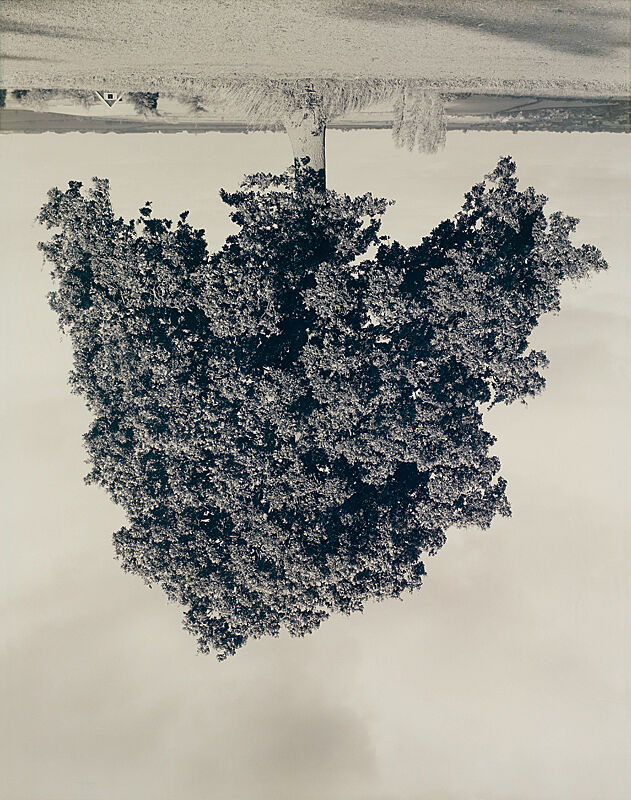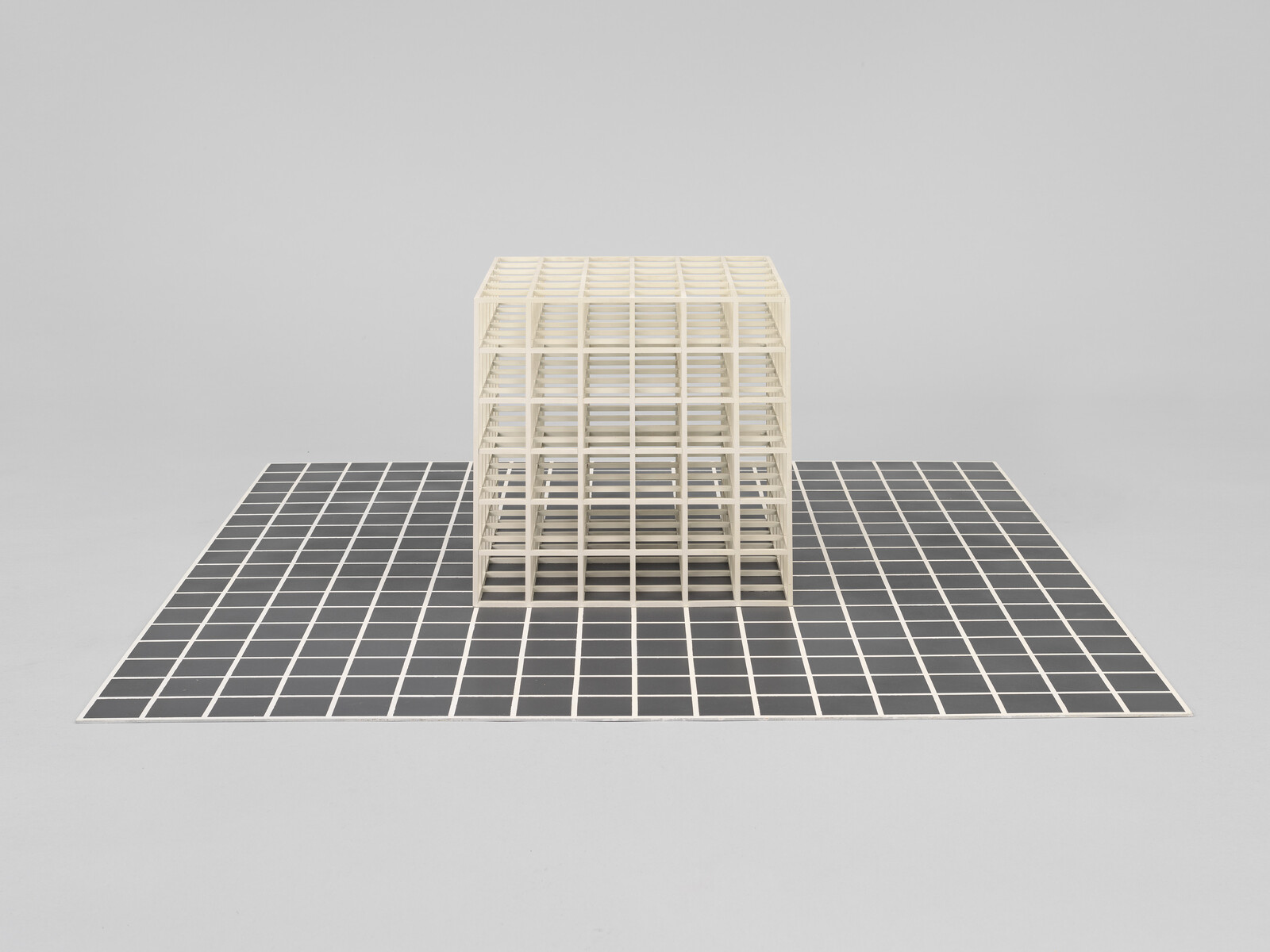John McLaughlin
1898–1976
Introduction
John Dwyer McLaughlin (May 21, 1898 – March 22, 1976) was an American abstract painter. Based primarily in California, he was a pioneer in minimalism and hard-edge painting. Considered one of the most significant Californian postwar artists, McLaughlin painted a focused body of geometric works that are completely devoid of any connection to everyday experience and objects, inspired by the Japanese notion of the void. He aimed to create paintings devoid of any object hood including but not limited to a gestures, representations and figuration. This led him to the rectangle. Leveraging a technique of layering rectangular bars on adjacent planes, McLaughlin creates works that provoke introspection and, consequently, a greater understanding of one's relationship to nature.
Wikidata identifier
Q1372986
Information from Wikipedia, made available under the Creative Commons Attribution-ShareAlike License . Accessed January 2, 2026.
Introduction
His exposure to Asian art at the Museum of Fine Arts in Boston had a profound influence. 1935 he moved to Japan, and studied the art and language. He returned to Boston in 1938, and opened The Tokaido, Inc., a gallery which specializing in Japanese prints Asiana. He studied Japanese at the University of Hawaii, Honolulu, and served the United States Marine Corps in World War II as a translator. In addition to Japanese art and Eastern philosophy, he was influenced by European modernists such as Kasimir Malevich and Piet Mondrian. McLaughlin painted spare, minimalist canvases and was a core member of Southern California's Abstract Classicists, or hard-edge painters.
Country of birth
United States
Roles
Artist, art dealer, painter
ULAN identifier
500028436
Names
John McLaughlin, John D. Mclaughlin, John K. McLaughlin, John MacLaughlin, McLaughlin, John D. McLaughlin
Information from the Getty Research Institute's Union List of Artist Names ® (ULAN), made available under the ODC Attribution License. Accessed January 2, 2026.



